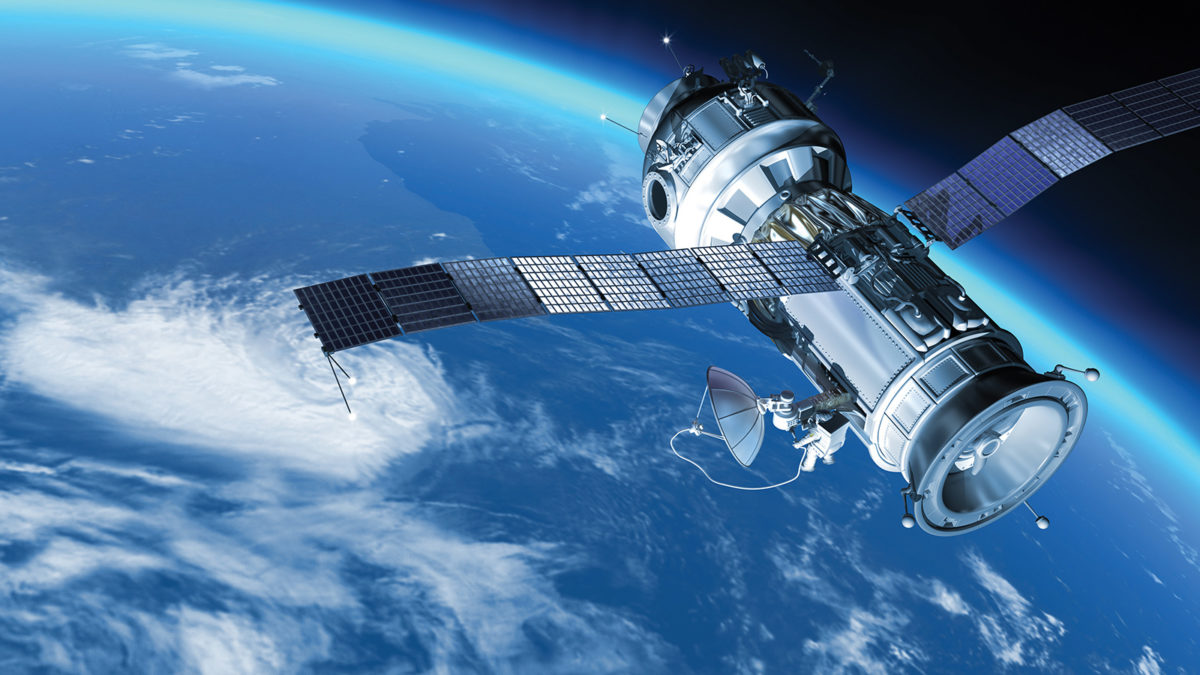Don’t want to share your satellite details? That should cost you
By Moriba Jah|November 2020
Given the vast number of satellites that space operators are starting to launch, humanity risks exceeding the orbital carrying capacity of the space environment unless we do better at coordination. We would all benefit from establishing orbital timetables that would predict the locations of specific satellites at specific times in the future, not unlike a European train schedule.
These timetables would help everyone plan their satellite movements in a shared environment and aid in creating norms of behavior underscoring safety and sustainability. We could predict and take steps to avoid collisions well into the future.
For those operators willing to share their satellites’ details, adding their spacecraft to the timetables would be relatively straightforward. Astrodynamicists like myself could model the nongravitational forces that these objects will experience, and maybe even request their planned maneuvers so we can anticipate their deliberate motion. The starting point would be Newton’s principle of determinacy, which states that if we know an object’s initial position and velocity, we can predict where it will be for all time. Gravity is an equal-opportunity accelerator because no matter what an anthropogenic space object looks like, is shaped like, or made of, the portion of acceleration due to gravity is the same. From there, we would consider a satellite’s size and shape and the characteristics of its materials, which together with the natural effects of radiation, particle interaction and electromagnetism determine how the spacecraft will actually move. The results would be highly accurate predictions. The trains would run on time.
Unfortunately, adequate transparency is the missing ingredient in my proposal to create railroad-like timetables for satellites. Many satellite owners and operators closely hold detailed information about their spacecraft, including specific physical characteristics, functions and operational details. That information is often considered proprietary or subject to export control rules for national security reasons. So, we can’t at the moment fully predict where their satellites will be, and therefore we can’t include them in the proposed timetables unless something is done.
Simply put, these operators should be required to compensate for their withholding of information by performing correction maneuvers to keep their satellites on gravity-only trajectories. These are the paths the spacecraft would follow were it not for nongravitational influences. The process of joining the timetables would begin with a satellite operator choosing one of Earth’s gravitational models, approximating the actual regions of varying gravitational strength around our planet, in which to orbit their satellites. The operator would periodically provide astrodynamicists with a new set of initial conditions at a specific time, and ensure that its satellites move along the subsequent gravity-only trajectories plus or minus some tolerance that would also be made known to humanity. The operator could then keep all of the proprietary, export-controlled, sensitive characteristics of its satellites to itself, while still enabling space safety and sustainability.
To be sure, not all satellites have the same control authority and level of operational accuracy and precision, but these can be quantified and, as long as they are made known, the remainder of operators sharing these increasingly congested orbital neighborhoods can plan accordingly. For transparency and as a confidence-building measure, satellite owners and operators would be encouraged to provide evidence of their past trajectories so others could compare and contrast these to the agreed-to trajectory control thresholds. Operators need not all choose the same Earth gravitational model. Each operator could choose what is most convenient for them in terms of minimizing their own operational costs, so long as they make this publicly known and stick to it. In a demonstration of leadership, Amazon, for example, has expressed support for implementing this solution for its Project Kuiper, a satellite constellation that would provide global internet.
This approach could eventually lead to performance-based standards for required satellite control accuracy and precision in order to obtain licenses to launch and operate these satellites. The timetables would include satellites whose owners choose to share their satellite data, and also those who don’t. For them, we can all rest easier knowing that Isaac Newton is in the driver’s seat with gravity-only trajectories.








